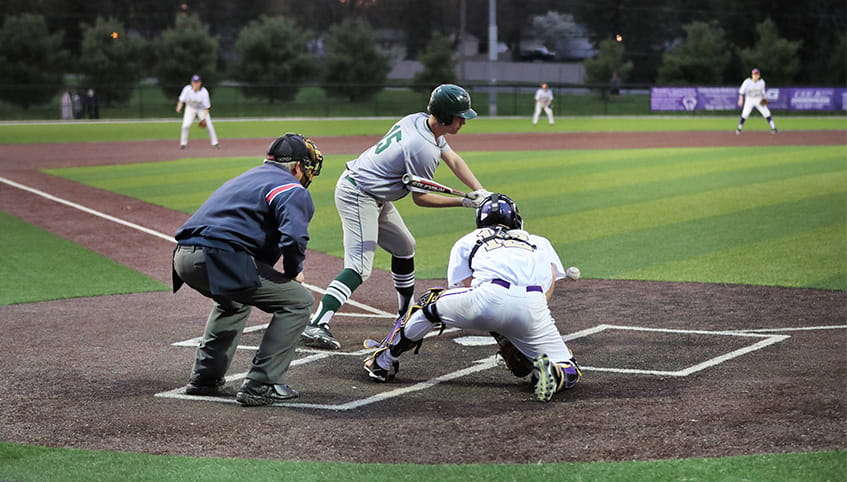Before beginning strength training for baseball or softball, it’s a good idea to check with your physician to find out if your body is ready for it. Starting training before your body is ready can cause serious harm to your growth and maturation. Once training begins, you should focus on complete body strength and explosive power.
Muscle imbalances
Baseball and softball cause muscle imbalances. Most players swing the bat from one side, except switch hitters. There’s only one direction for running the bases, except in a run-down. And unless you’re ambidextrous, your throwing mechanics are repetitive and primarily use one set of muscles. Without correcting these imbalances, key muscles used for these sports will not be equal. Strength training helps correct the imbalances.
Explosive power
In baseball and softball, explosive power is a priority. All the action occurs in short bursts of 1-5 seconds. This means your strengthening program should emphasize speed lifting, using proper techniques, instead of the traditional slow lifts of bodybuilding.
Four periods of training
A comprehensive training program for baseball and softball is broken into four phases over the year. Each phase has its own goals, and each successive phase builds on the previous one.
Early preseason: January-February
- Players prepare for the season and start to build up after the layoff.
- Training is general and gradually eases into more intense sessions.
- Emphasis is on building core muscles, endurance and size.
- Core muscles, known as the 3Bs (belly, back and butt muscles), connect the upper and lower body. These muscles are involved in every twisting, turning, jumping and lateral movement activity. Circuit training is beneficial for strengthening core muscles.
Late preseason: March-April
- Players prepare for preseason games and the start of the regular season.
- Emphasis is on building toward maximum strength and speed. Power is a combination of these two things. Increasing one, without losing the other, results in increased power.
- Plyometrics for your lower body and medicine ball exercises for your upper body are emphasized.
- Players’ strength peaks as the competitive season begins.
In-season: May-September
- Strength and power, gained in the preseason, are maintained.
- Lifting 1-2 times each week is typical, depending on your schedule.
Off-season: October-December
- This time to relax and take a break from serious strength training is physically and mentally worthwhile.
- Some type of unstructured lifting is recommended. Five weeks of inactivity will reverse most of your strength gains from the previous year.
- As early preseason approaches, regular gym work can resume with an emphasis on cross-training.





